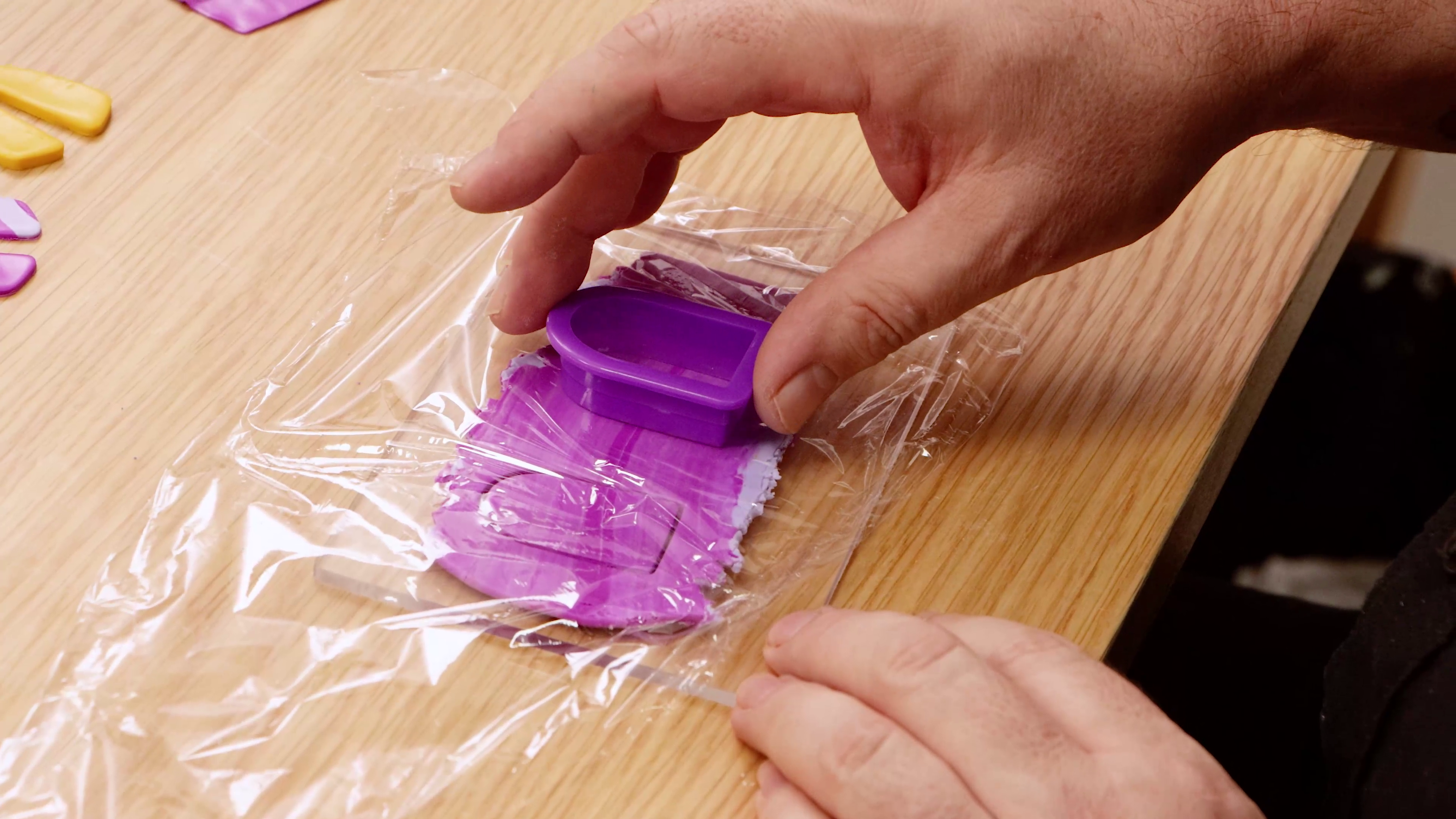Make a protea painting
Want to brighten up your walls? In this video tutorial we show you how to make your own protea painting using oil paints.
Step 1. Drawing up the Protea. Use the image sheet on page 8, and use a HB pencil to transfer the image as well as you can. You might like to use the grid system to transfer the drawing or alternativley draw it up directly.
Step 2. Tinting the canvas. Squeeze out some Cadmium yellow Satin Series Acrylic and add a little water to the mix and paint the entire canvas. Allow this to dry and coat the screen with a thin layer of Clear Texture Gesso. This will provide the surface with a bit of tooth so that it isn't too slippery. This way the oil paint goes on more smoothly.
Step 3. Painting the leaves. The leaves can be painted with 5 different tones. The greens are laid out as follows: a) Dark Green; mixed from Olive Green + Brilliant Red, b) Mid Green; straight Sap Green, c) Light Green; Sap Green + Lemon Yellow, d) White Green; Sap Green + Lemon Yellow + Yellow Ochre + Titanium White, e) Yellow Green; Medium Yellow with a touch of Sap Green. Paint the body of the leaf with the colour ‘b’ the Mid Green. Apply the paint fairly thinly as other colours need to be mixed into this base tone and it’s easier to do this if the layer is thin. Blend the Dark Green mix into the darker shadow areas and Light Green into any areas of highlight. The main stem of the protea flower is a bright red colour. Mix a little linseed oil medium with Brilliant Red and paint in the stem. Next move to the stems of each leaf and paint these in with colour Yellow Green Mix. Take the colour from the central vein of the leaf into the main flower stem. This central vein is called the mid rib.
Step 4. Painting the stem. For the rest of this project Mont Marte Oil Paint will be used. Refer to the image of the finished painting on page 8 for guidance. Squeeze out some Brilliant Red oil paint onto the palette. Dip the brush into some refined linseed oil then into the Vermillion Paint and paint the main flower stem. The yellow tint will add a rich depth to the tone as it will be partially visible beneath the red. Blend the red of the flower stem into the leaf stem, yellow leaf stem colour into the red colour of the main flower stem. Blend a little Phthalo Blue into the edges of the stem so that it looks cylindrical. Blend a little Phthalo Blue Into the areas where the stems from the leaves meet the main flower stem. This will suggest a shadow.
Step 5. Painting the Protea. The hard woody petals of the protea flower are called bracts. Each bract needs to be painted individually. It is important to view the accompanying video to clarify this stage. The flower can essentially be created in the following 5 steps: 1) Create a mix of Brilliant Red darkened with a touch of Phthalo Blue. Lay this into the base of the bract. Use a fine round to apply the paint. 2) Create a mid pink from Brilliant Red and Titanium White. Paint this colour into the entire bract. Blend the pink into the Red so it transitions into the pink. 3) Create a yellow pink for Brilliant Red, Titanium White and Yellow Ochre and lightly blend it into the bract leaving the edges clear of this colour. 4) Create a yellow orange from Yellow medium with a touch of Brilliant Red tinted with a bit Raw Umber. Blend this into the front of the bract in a sort of triangular shape. 5) Use Titanium White to dry-brush a white highlight onto the edge of each bract. 5
Step 6. Painting the background. The background in this painting is meant to look soft and out of focus. This is actually quite easy to do with oil paints as they blend so easily. Squeeze out some Titanium White, Phthalo Blue, Violet, Yellow Ochre and Raw Umber. Create light blue from Phthalo Blue and Titanium White, a light violet from Violet and Titanium White and a light Ochre from Yellow Ochre and Titanium White. Block in these tones in shapes across the canvas. Use the light ochre in the bottom portion of the art work. Use a fine brush to take the colour around the flowers. Once all the tones are blocked in, use a clean abstract expression brush to blend all the colours into each other so the transitions are smooth. Blend the white into the blue first. Clean the brush, dry it then blend the white into the violet. Clean the brush,dry it and then blend the white into the ochre. Cleaning the brush between colours will avoid excess contamination. The last step is to blend Raw Umber into the ochre to create areas of dark tone.
HINT: Keep walking back to view your work from a distance to see how the colours are working together.
Material List
- Brush Wallet Set Premium 15pce
- Refined Linseed Oil Premium 125ml (4.23oz)
- Clear Texture Gesso Premium 250ml (8.5oz)
- Abstract Expression Brush Premium 50mm
- Double Thick Canvas Premium 91.4 x 121.8cm (36 x 48in)





























